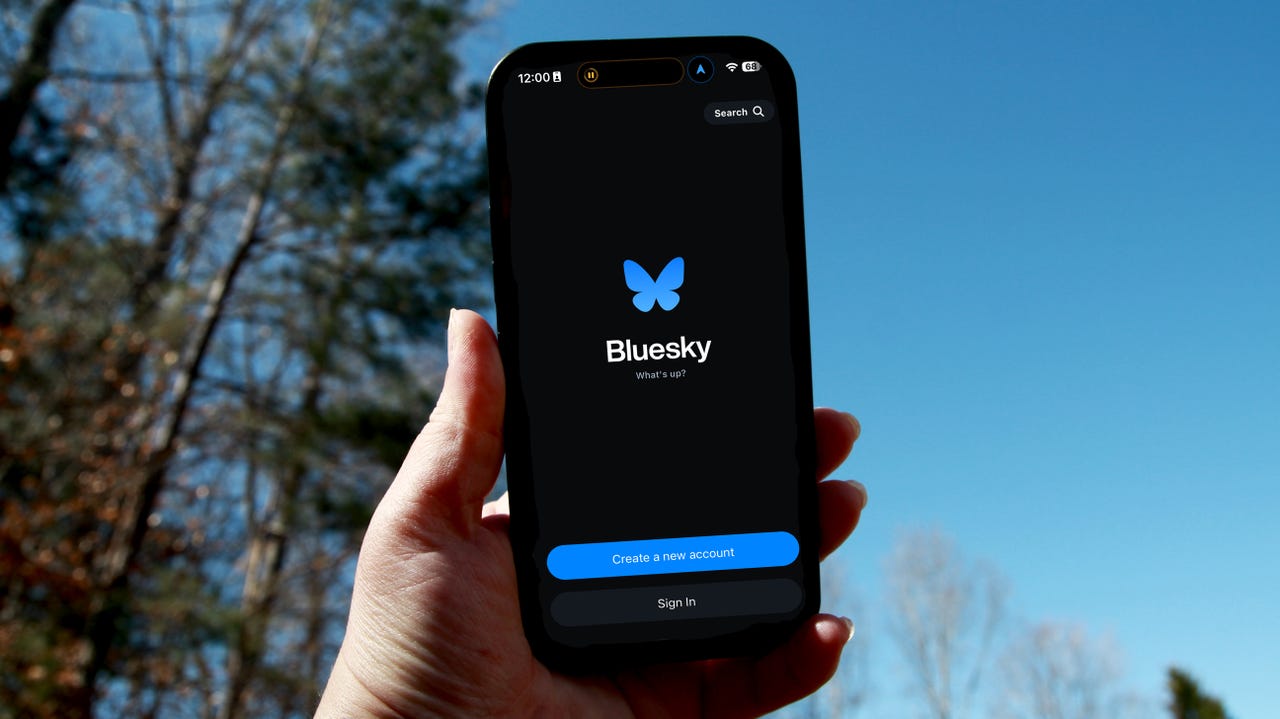
Before Threads, there was Bluesky. As Twitter, now X, began losing users, Bluesky invitations became a sought-after commodity. The decentralized social media network initially rolled out in a testing phase, gradually granting access to more users to finetune the protocol user experience. Now, Bluesky is ready for widespread use and open to the public.
Bluesky was announced in late 2019 by then-Twitter CEO, Jack Dorsey to develop a decentralized standard for social media and has grown to have over 3 million users. Like Mastodon, Bluesky is an online platform that distributes ownership and control of user data to the users themselves.
Also: Threads has more active users now than during its initial peak, says Meta
“Over the past year, we’ve been giving ourselves space to make sure that things like the underlying infrastructure and moderation capacities are built up. Now, we’re just about ready,” Bluesky CEO Jay Graber told Business Insider. “Later this month, we’re opening up Federation and opening up third-party labeling, allowing people to run moderation services. So those are some of the things that took some more time.”
Being a decentralized social media network means it addresses common criticisms plaguing traditional social media networks, like X, including platform monopoly and concerns over data control. The openness of it all means that users could build other platforms on the same network and others can join and bring their same followers and keep their post history.
Also: The rise and fall of Usenet: How the original social media platform came to be
“A big part of our design philosophy has been to give users sensible default settings but allow them choice and the right to leave,” Graber added. “Then, if they want to go a level deeper and explore more of the custom options, they can dive in if they want and choose and customize.”
In December, Graber announced that Bluesky posts would be accessible to anyone without being logged in or having an account.













